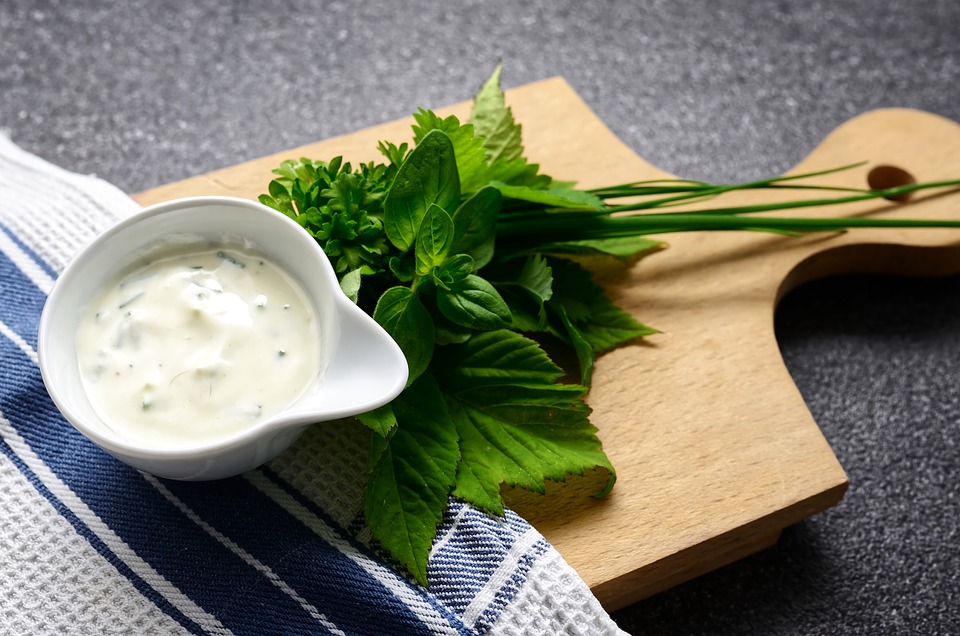[ad_1]
Soy sauce is a staple in many Asian cuisines, known for its umami flavor and ability to enhance the taste of various dishes. There are different types of soy sauce available, each with its own unique characteristics and uses. In this article, we will explore the three most popular types of soy sauce: light soy sauce, dark soy sauce, and tamari.
Light Soy Sauce
Light soy sauce is the most commonly used type of soy sauce in Chinese cuisine. It is lighter in color and has a thinner consistency compared to dark soy sauce. Light soy sauce is also saltier and often has a sweeter taste than dark soy sauce. It is typically used for seasoning, marinating, and dipping, as it adds a savory flavor to dishes without darkening the color.
Light soy sauce is made from a mix of soybeans, wheat, salt, and fermenting agents. It is aged for a shorter period compared to dark soy sauce, which gives it a milder flavor and aroma. It is often used in stir-fries, soups, and dipping sauces to add a rich and savory flavor to the dishes.
Dark Soy Sauce
Dark soy sauce, on the other hand, has a darker color and a thicker consistency. It is aged for a longer period and has a more intense, slightly sweet flavor. Dark soy sauce is typically used for adding color to dishes and imparting a rich, deep flavor. It is commonly used in braised dishes, marinades, and as a finishing touch to add a deep mahogany color to the dish.
Dark soy sauce is made from a higher concentration of soybeans and is often mixed with molasses or caramel for added sweetness and color. It has a more robust flavor and is less salty than light soy sauce. In addition to its culinary uses, dark soy sauce is also used in some Asian cuisines for its medicinal and health benefits.
Tamari
Tamari is a type of soy sauce that originated in Japan. It is made with little to no wheat, making it a great gluten-free alternative to traditional soy sauce. Tamari has a rich, full-bodied flavor and is darker and thicker than light soy sauce. It is often used as a dipping sauce, marinade, or seasoning for stir-fries and grilled dishes.
Because of its unique flavor profile, tamari is also used as a substitute for traditional soy sauce in various recipes. It is often favored by those with wheat allergies or gluten sensitivities. Tamari is made from soybeans, water, and salt, and is fermented for a longer period to develop its complex, deep flavor.
Conclusion
Each type of soy sauce – light, dark, and tamari – has its own distinct characteristics and uses in cooking. While light soy sauce is commonly used for seasoning and marinating, dark soy sauce is prized for its color and intense flavor. Tamari, with its rich, full-bodied taste, serves as a gluten-free alternative to traditional soy sauce. Understanding the differences between these types of soy sauce allows for better utilization in various culinary applications, enhancing the flavors of dishes and elevating the overall dining experience.
FAQs
What is the main difference between light and dark soy sauce?
The main difference between light and dark soy sauce lies in their color, consistency, and flavor. Light soy sauce is lighter in color, has a thinner consistency, and is saltier with a slightly sweet taste. On the other hand, dark soy sauce has a darker color, thicker consistency, and a more intense, slightly sweet flavor.
Is tamari the same as soy sauce?
While tamari is a type of soy sauce, it is distinct from traditional soy sauce in that it is made with little to no wheat. This makes tamari a suitable gluten-free alternative to traditional soy sauce, with a rich, full-bodied flavor and a darker, thicker consistency.
Can I substitute one type of soy sauce for another in a recipe?
While each type of soy sauce has its own unique characteristics, it is possible to substitute one for another in a recipe with some adjustments. For example, light soy sauce can be used as a substitute for tamari, while dark soy sauce can be used in place of light soy sauce to add color and depth of flavor to a dish.
[ad_2]




Comments